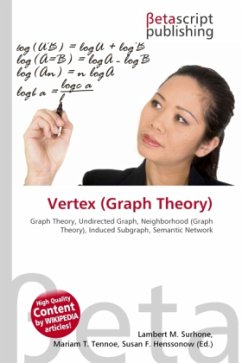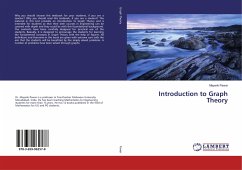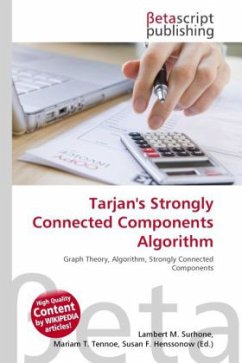
K-Vertex-Connected Graph
Versandkostenfrei!
Versandfertig in 6-10 Tagen
19,99 €
inkl. MwSt.

PAYBACK Punkte
10 °P sammeln!
High Quality Content by WIKIPEDIA articles! In graph theory, a graph G with vertex set V(G) is said to be k-vertex-connected (or k-connected) for k V(G) if G X is connected for all X V(G) with X k. In plain English, a graph is k-connected if the graph remains connected when you delete fewer than k vertices from the graph. In accordance with the definition, the complete graph Kn is (n 1)-connected for n 2. As a special case that does not match the definition, K1 is regarded as 1-connected. An equivalent definition for graphs with two or more vertices is that a graph is k-connected if any two of...
High Quality Content by WIKIPEDIA articles! In graph theory, a graph G with vertex set V(G) is said to be k-vertex-connected (or k-connected) for k V(G) if G X is connected for all X V(G) with X k. In plain English, a graph is k-connected if the graph remains connected when you delete fewer than k vertices from the graph. In accordance with the definition, the complete graph Kn is (n 1)-connected for n 2. As a special case that does not match the definition, K1 is regarded as 1-connected. An equivalent definition for graphs with two or more vertices is that a graph is k-connected if any two of its vertices can be joined by k independent paths; see Menger's theorem (Diestel 2005, p. 55). A 1-vertex-connected graph is called connected, while a 2-vertex-connected graph is said to be biconnected. The vertex-connectivity, or just connectivity, of a graph is the largest k for which the graph is k-vertex-connected.












